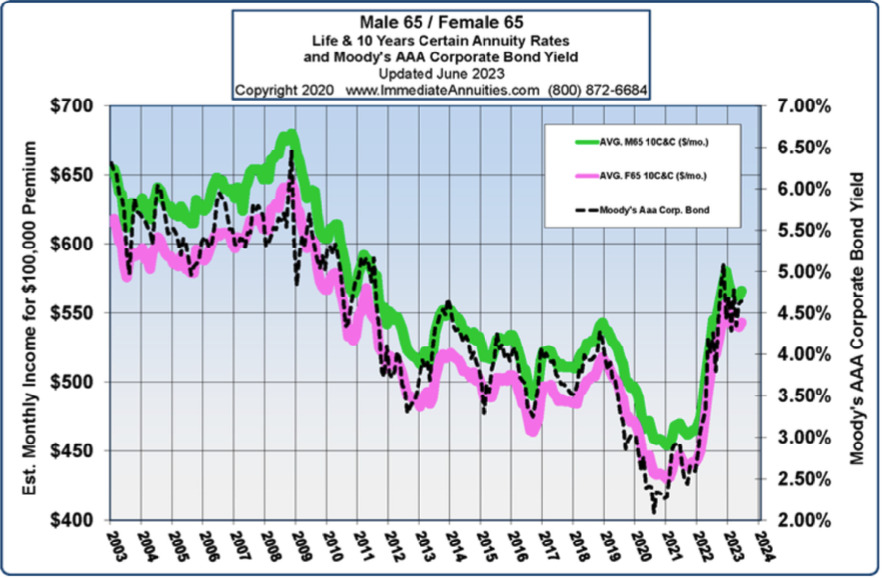On the surface, investing in bonds is pretty simple. You buy a bond, which basically means you are loaning a company, a municipal organization, or the US government, the face value of that bond. They pay you a specified amount of interest either monthly or quarterly for the ‘term’ of that bond, and at the end of that term, you get your money back from whoever you lent it to.
Nothing complicated about that, right?
At some point back in the late 1990s, investors began to realize that bonds are not quite as straightforward as they might appear. A hedge fund called Long-Term Capital Management, whose assets were managed by Nobel laureates, collapsed because the company’s bet on bond rates were misaligned with interest rate movements. There were lesser collapses of mutual funds that underestimated the volatility of so-called junk bonds, and in the previous decade bets on high-yielding bonds took down a number of savings and loan associations. The joke at the time was that if you bought a toaster, you would get an S&L as a bonus.
Bond values—and therefore bond returns—are impacted in a bewildering variety of ways. The most obvious is interest rate risk; if rates go up, the value of a bond will go down, for the simple reason that someone could come along and buy a similar bond at the new higher rate. Why pay the same for those older bonds paying lower interest?
Where are the biggest risks? In general (recent history is an interesting exception) bonds and bond funds with longer maturities—the funds that invest in 20 or 30 year bonds—will offer temptingly higher rates than shorter-term bond funds. But… Rising interest rates tend to have a disproportionately bad impact on these longer-term bonds—which means investors reaching for yield in longer maturities can find out about interest rate impacts the hard way.
Bond values are also impacted by a bond’s rating, which is a fancy way of saying how strong or creditworthy is the organization the bond investor is lending to. There are a number of rating agencies, and their rating scales are not identical, but in general, you mostly know that if you buy Treasury bonds, the government is going to get you whatever it owes in interest and principal. The same for blue-chip corporations and some municipalities where the bonds are backed by the revenue earned through whatever project is being financed.
But going back to those junk bonds, some issuers are not quite so reliable or stable, and as a result, investors demand more yield from them to compensate for the risk of default—that is, the risk that the borrower will declare bankruptcy and pay out pennies on the dollar. There are many levels of ratings, of course, and some amount of fluctuation among them. Some companies will become more stable and get a higher rating because their fortunes improved or they restructured, and that makes their bonds—including the ones already issued—more valuable. When a company’s fortunes decline, the rating agencies will lower their rating, making the bonds less valuable and definitely riskier.
One of the persistent dangers, particularly when there is a chance of imminent recession, is investing in bonds that offer very tempting yields because they fall into those low rating categories. If the economy does experience a recession, a relatively higher number of those companies will be downgraded or go out of business, meaning that the tempting yield will turn out to be lower than expected.
A number of mutual funds specialize in these junk bonds, and they are not always totally forthcoming about where their tempting yields are coming from. Every year, some investors will compare the (low) Treasury or blue-chip corporate rates with the (much higher) rates offered by junk bond funds, and think that choosing the latter is a no-brainer.
The bottom line here is that lower yields tend to be associated with greater stability, both in length of maturity and credit rating. The temptation of chasing higher yields comes with risks that are not always well understood or appreciated.
Past performance is not a guarantee of future results. Indices are unmanaged and one cannot invest directly in an index. All investments contain risk and may lose value. Investing in the bond market is subject to certain risks including market, interest rate, issuer, credit and inflation risk. Equities may decline in value due to both real and perceived general market, economic and industry conditions. Investing in securities of smaller companies tends to be more volatile and less liquid than securities of larger companies.
